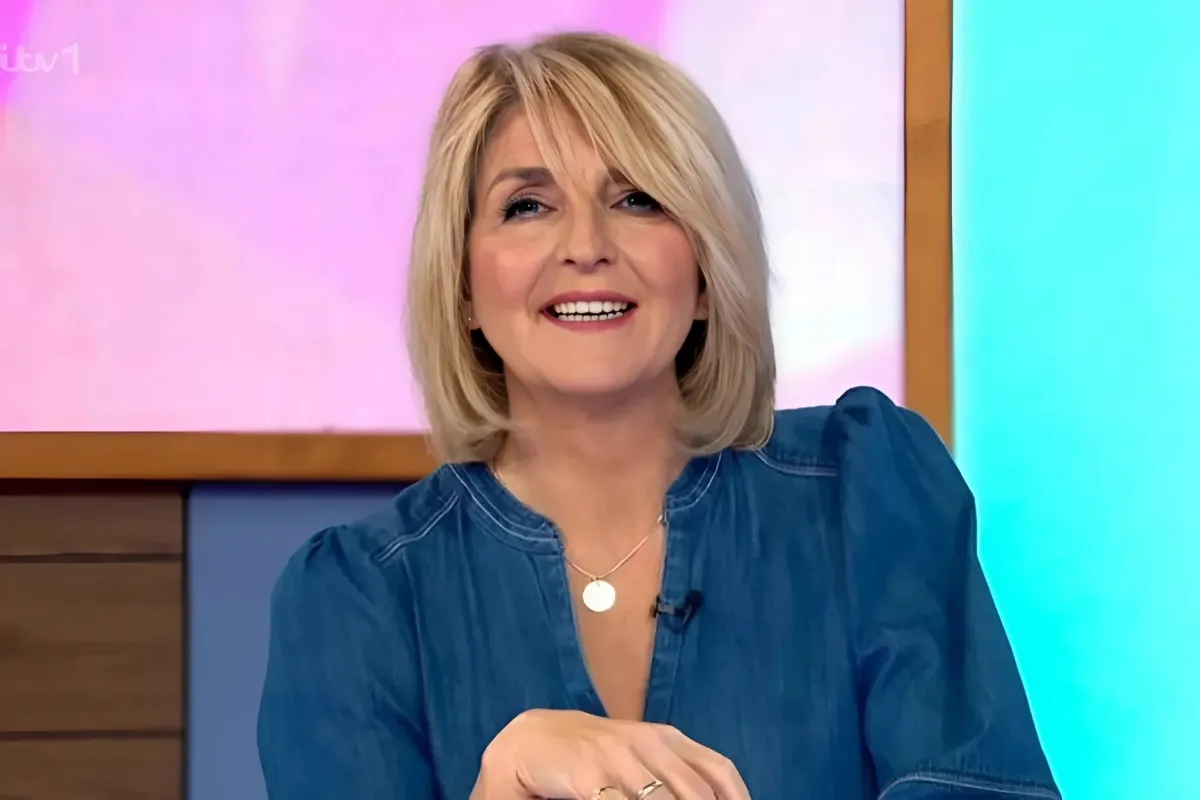
The NHL and NHLPA agreed on terms of a four-year extension to their collective bargaining agreement on June 27. Multiple changes were announced, including an expansion of the regular season from 82 games to 84 beginning in 2026.
However, one alteration that flew somewhat under the radar was the prohibition of fitness tests and the reduction of team training camps from 21 days to 13 days.

Fitness tests typically put skaters through conditioning exercises for coaches to determine the level of endurance and strength particular players possess ahead of the regular season. Former Washington Capitals head coach Barry Trotz had a creative way of measuring his roster’s fitness each year.
According to The Patriot-News’ Tim Leone in 2014, Trotz had his players skate the length of the rink down and back twice and then back through the red line.
If the players beat a 38-second benchmark on their first two trips and 41 seconds on their third, they only had to do the test three times. However, if they failed to meet those times on any of the tests, they had to do the grueling skate twice more. The skates all happened immediately after each skater group’s 45-minute practice session, making them even more challenging to complete.
Trotz isn’t the only bench boss to have implemented a tough introductory test, though. John Tortorella was well known for his infamous “rope test,” named for a rope tied to two nets on either side of the ice that skaters are not allowed to cross over.

Trotz explained the lessons he wanted to impart on his players from pushing them so hard so early in the year with his particular drill.
“With the skate testing, the guys are in great shape,” he told the Capitals’ Mike Vogel in 2014. “If you’re a better skater and you’re in great shape, you’re probably going to pass that test. If you’re an average skater or a below-average skater and you’re in great shape, you’re going to have a tough time getting through that test.
“But at the same time, it teaches some lessons. It taught some lessons to me, and it taught some lessons to some veteran players who maybe missed on one of those early reps, and now they’ve got that mental barrier of ‘Now I’ve got to go the whole distance.’ And that’s hard, and it’s hard fighting through that.”
After last month’s signing of a “Memorandum of Understanding,” NHL coaches will now have to find new ways to evaluate their players’ offseason training and prepare them for the regular season.
“We went back and forth, very open dialogue, and even the complicated issues that might have come up were given complete thought on both sides, and we were able to get to some good resolutions here,” NHLPA executive director Marty Walsh said when the framework of the deal was announced. “Happy with the process and hopefully the players will be happy with the outcome.”
Toronto Maple Leafs forward John Tavares, who signed a four-year contract extension on Friday, called the CBA news “great for the game.”
“It’s great, I think, for the league, for us as players to continue the partnership and the growth,” Tavares said. “It’s great to have that partnership and how collaborative it’s been.”
The league previously extended the CBA through the 2025-26 season, when it paused the 2019-20 campaign due to the COVID-19 pandemic. The two parties reached the extension agreement under the terms first put forth after contentious negotiations that resulted in a 119-day player lockout during the 2012-13 season.



